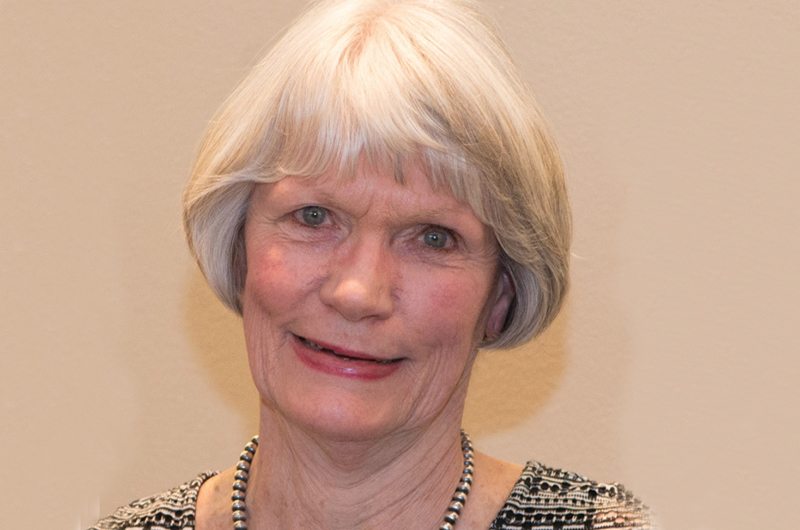Looking back on the 30-year reign of MARKETING and the practice of public relations, there are a few constants, but mostly it’s been an era of “change or die.”
In the earlier years, PR was centered on press agentry and publicity, with success measured by column inches and what a press clipping would cost if it was a paid ad (its “AVE” or Advertising Value Equivalency).
Today, instead of AVE, a return on PR investment might be measured by a metric known as PESO (combining Paid, Earned, Social and Owned).
As the expected outcomes of PR have changed, so, too, has its definition.
Recognizing the need to “refresh” what PR means, in 2011 the Public Relations Society of America (PRSA), an association with 22,000 members (including 330 in Seattle), embarked on a crowdsourcing campaign and public vote.
After much wrangling (hold the yawns), the PRSA settled: Public relations is a strategic communication process that builds mutually beneficial relationships between organizations and their publics.”
 To further redefine the practice, PRSA collaborated with affiliated associations in a 2014 survey to assess “generally accepted practices” around social media, measurement and evaluation techniques (see sidebar at right).
To further redefine the practice, PRSA collaborated with affiliated associations in a 2014 survey to assess “generally accepted practices” around social media, measurement and evaluation techniques (see sidebar at right).
As those findings suggest—and some local colleagues and faculty members reiterate—today’s PR is centered on engaging audiences and building relationships. Whatever techniques or tactics are used, they better align with strategy!
Communicating in today’s connected, mobile and data-driven world can be unpredictable, loosely controlled and often fragmented. For PR people, it means having core competencies and being credible and nimble. Writing abilities and an aptitude for nurturing strong relationships still matter.
When asked about the “one big thing” that transformed the profession, the colleagues I surveyed agreed it was (duh) technology. That technology has revolutionized PR is undeniable. Some of their feedback:
• “In years past, you knew you could reach everyone with a quick call to Jean Godden, if you had a quick quip for her to print! Now, it’s critical to data-mine and do analytics.”
• “I wish we had more time to actually talk with reporters about important stories, instead of just text-pitching them.” (Face-to face interactions between PR practitioners and journalists are rare today.)
• “Now, instead of knowing and working with real reporters, anyone with a keyboard who has an opinion/gripe/pet peeve can blast it anywhere into their 15 minutes of fame.” No need for an editor or fact-checking.
Brett Atwood, clinical associate professor at WSU North Puget Sound in Everett, said the Internet and social media have forever altered the way we communicate and persuade. “PR professionals must engage in credible, two-way conversations with the public… and be willing to listen to feedback, even when it’s critical, and adapt to environments we can’t fully control.”
Of course, there are upsides to technology for PR. One former Seattle resident enjoys “the ability to collaborate with clients and colleagues all over the world,” while living in small towns.
Organizations now are their own media channels. They’re able to create spreadable content, but must understand that audiences are more likely to be “skimmers” than readers, warned one respondent.
Technology is both an enhancement and a detriment, stated another PR colleague, saying it’s a double-edged sword. “The speed with which we can deliver messages and information has enabled us to be faster—now always better, but faster.”
Not surprisingly, as PR evolves, institutions are adapting and revamping the education and training they’re offer tomorrow’s communicators.
For example, my alma mater, Washington State University, restructured the curriculum at its Murrow College of Communication. Seven sequences became three digitally driven majors. The Murrow College also recognized the need to be closer to “the media capital of the Pacific Northwest” and launched an Integrated Strategic Communication (ISC) degree at its Everett campus.
The program emphasizes experimental learning and brings together a broad mix of PR, advertising, marketing and social media. Perusing the curriculum reveals some familiar topics, such as writing, research and principles, but there also are courses on Reporting Across Platforms, Digital Content Promotion and Consumer Insights and Branding.
Asked about the Foundations of Persuasion course, Professor Atwood says it challenges students to think critically about the power of language and how it can be used to persuade, manipulate and inform. It also examines specific historical and contemporary examples of persuasion strategy.
“This is important,” said Atwood, “because it makes them more responsible communicators… and citizens.”
Does anyone doubt that the marcomm fields in this MARKETING retrospective will have some fresh teaching examples after the 2016 presidential election?
•
Cheri Brennan is an Accredited Public Relations Professional and principal of Alliance Communications, based in Bellevue. She was the 2012 recipient of the Jay Rockey Lifetime Achievement Award from the Puget Sound chapter of the PRSA. She wishes to thank Professor Atwood, Marilyn Hawkins, Caroline Bombar Kaplan and Renee Klein for their contributions to this report. You can reach her at cheri4pr@hotmail.com.






